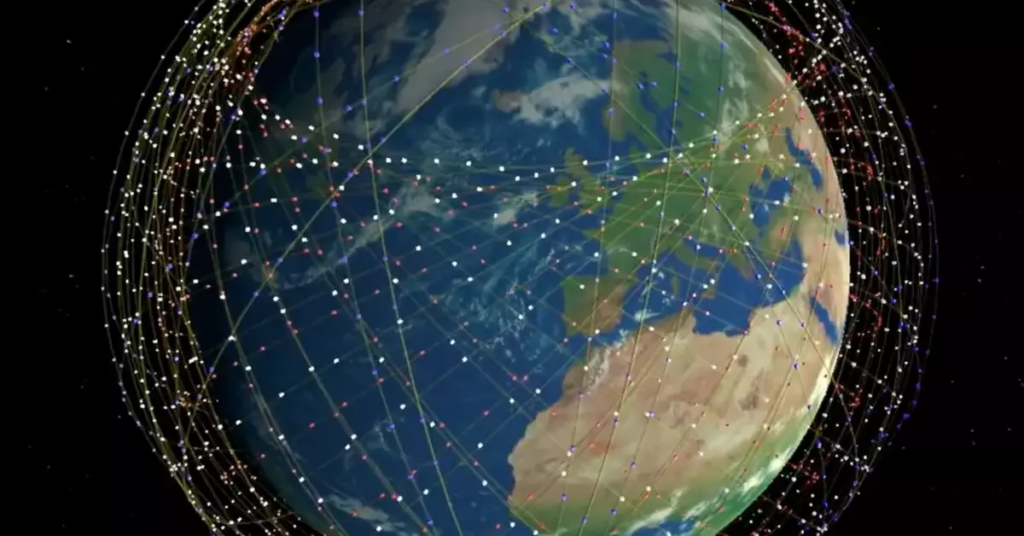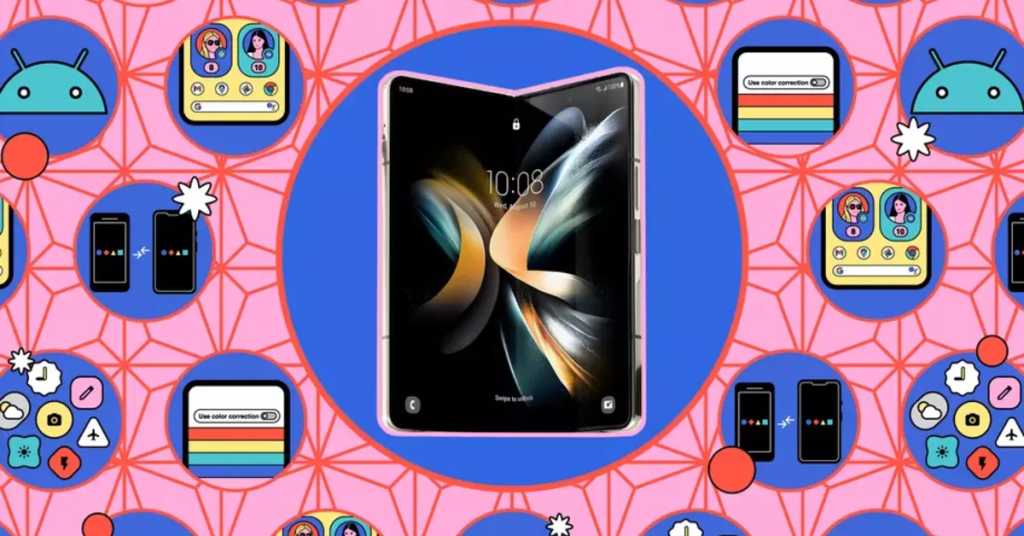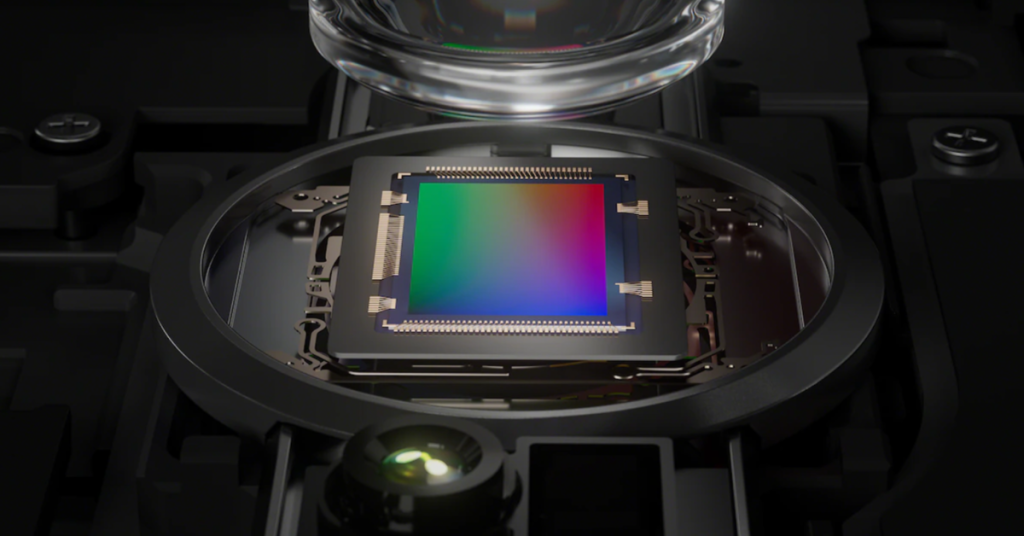At an event co-hosted by T-Mobile CEO Mike Sievert and Elon Musk, T-Mobile claims that mobile dead zones will no longer exist thanks to a new partnership with SpaceX's Starlink satellite internet. Mobile phones may connect to satellites and use a portion of a connection that provides 2 to 4 Megabits per second connection (total) throughout a specific coverage area with their "Coverage Above and Beyond" arrangement.
Musk claims that when the second generation of Starlink satellites is launched the following year, they will be able to broadcast service utilizing some of the mid-band PCS frequency that T-Mobile has access to, thanks to its recent acquisition of Sprint. Musk claimed that the new satellites have "huge, massive antennae" that are 5 to 6 meters broad to enable the new connections. Musk also stated that the equipment would be launched using its future Starship rocket.
Note, connectivity will be 2 to 4 Mbits per cell zone, so will work great for texting & voice calls, but not high bandwidth
— Elon Musk (@elonmusk) August 26, 2022
The company says it will let you text, send MMS messages, and even use "select messaging apps" whenever you have a clear view of the sky, even if you don't have traditional service. Musk said, "If there aren't too many people in the cell zone, you might even get a little video." Sievert said that the operators of messaging apps like WhatsApp and iMessage will need to work with T-Mobile and Starlink for their services to recognize the satellite connection and work with it once it launches.
Musk gave a bit more information by saying that, unlike regular internet service, it could work even if it couldn't connect to Starlink's full satellite network. By limiting it to certain messages and services and only using it in places that don't have cellular coverage, it could use a less reliable connection for "basic" coverage, but you might have to wait 30 minutes for a message to go through.
The two executives said they are looking for partnerships with mobile carriers worldwide who would be interested in reciprocal spectrum sharing agreements so that their customers can connect with SpaceX and T-Mobile customers can also use those connections when they travel to other countries.
The beta version of the service will come out next year, and Sievert says he hopes it will include data someday. He says that T-Mobile's "vision" is for it to be free with the company's "most popular plans" when it comes out, but he also said that the event today isn't an official announcement. He said that T-Mobile wants to make it available to people with "low cost" plans for a "monthly service fee" lower than current satellite connectivity services. (That could mean a wide range of prices, though. For example, subscription plans for Garmin's InReach satellite messenger start at $14.95 per month and go up to $64.95 per month.)
T-Mobile says that subscribers' existing phones will be able to use the network, so they won't need to buy any new equipment. Even though there have been rumors that future iPhones will have satellite communications, possibly for use in emergencies, that's not the kind of technology that T-Mobile is counting on here. In the announcement, Elon Musk said, "The phone you already have will work."
Sievert also said that T-Mobile was "open" to the idea of using SpaceX in the future to connect its network backhaul, especially in rural areas. Even though this is a big step up from what the two companies are offering now (Musk says each cell will be able to handle between 2 and 4 megabits), it could make it cheaper for the carrier to expand its network. A plan like this would be similar to what Verizon said it would do with Amazon's Kuiper satellite internet project, but that plan seems to be a long way off since Amazon hasn't launched any of its satellites yet.
SpaceX lost a bid for rural internet subsidies earlier this year because its equipment was too expensive. But if it can use the equipment that people in rural areas may already have from T-Mobile, that could help its case with the Federal Communications Commission. With videos of people in remote parks, mountains, and herding animals, Thursday's presentation hit on the idea of rural coverage.


